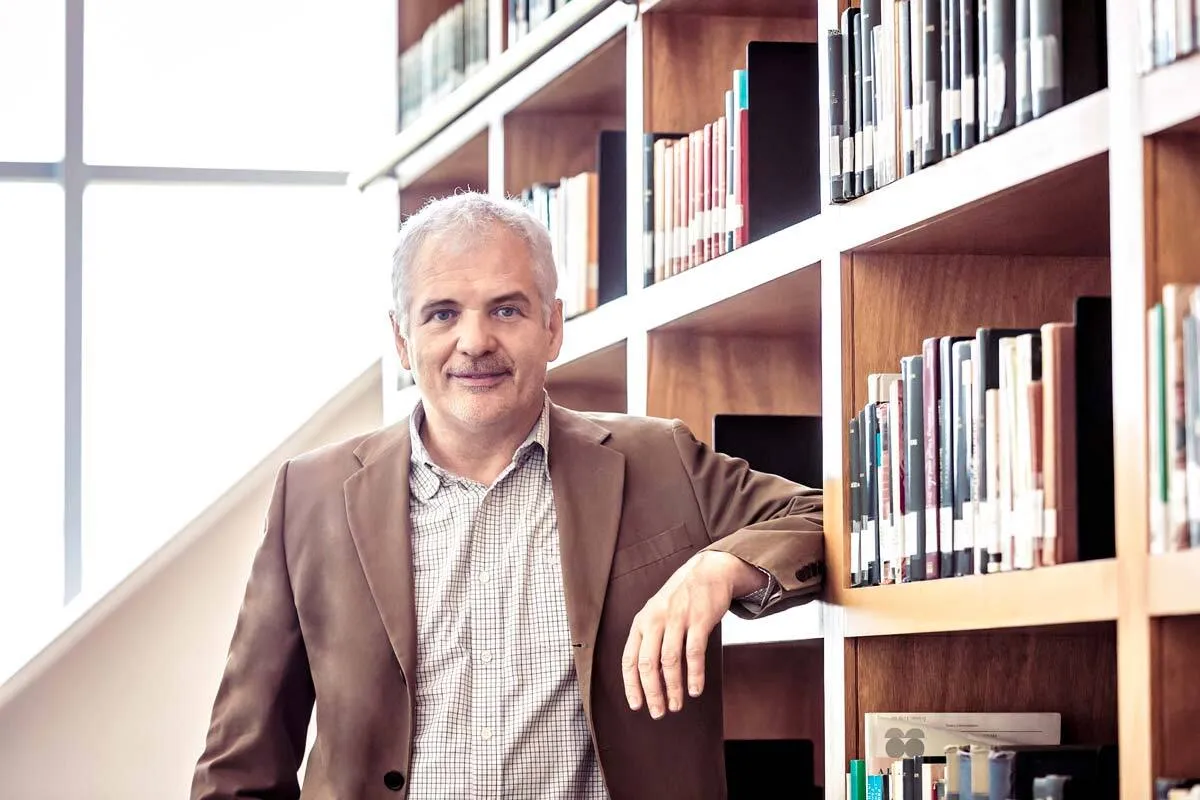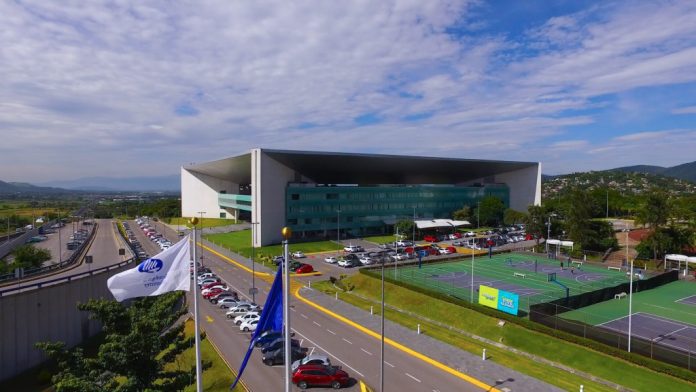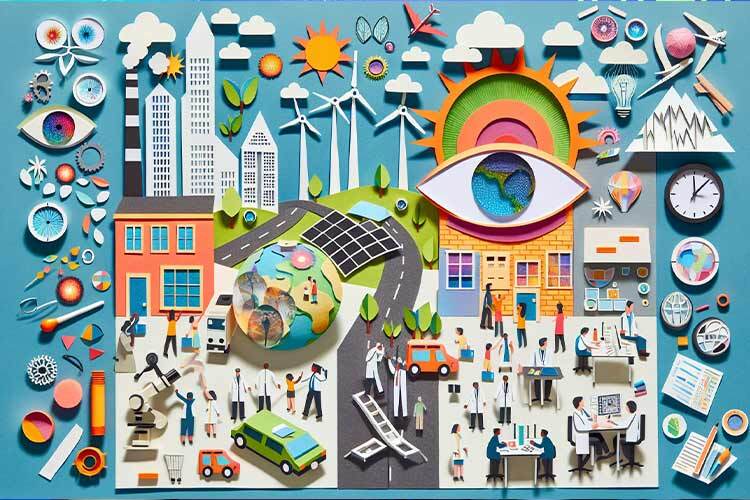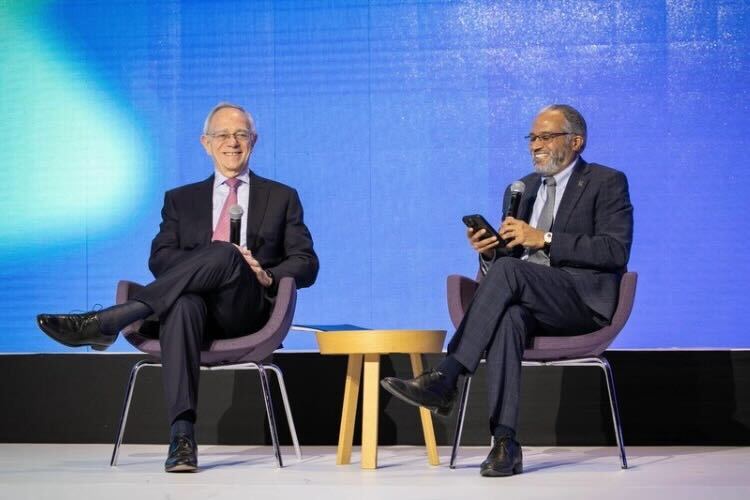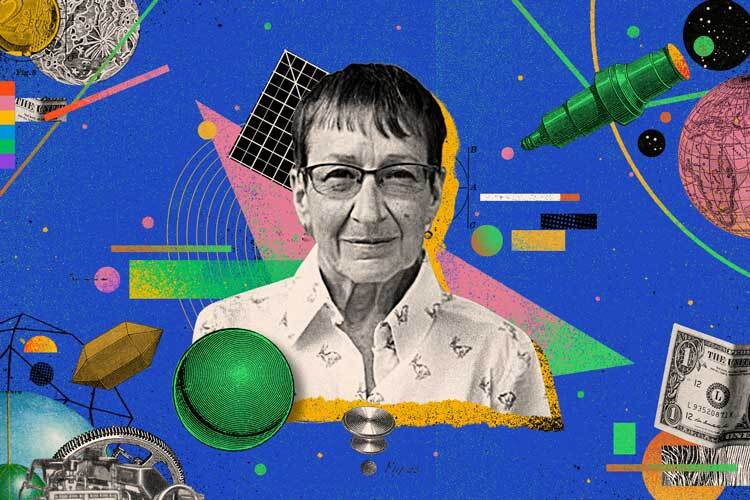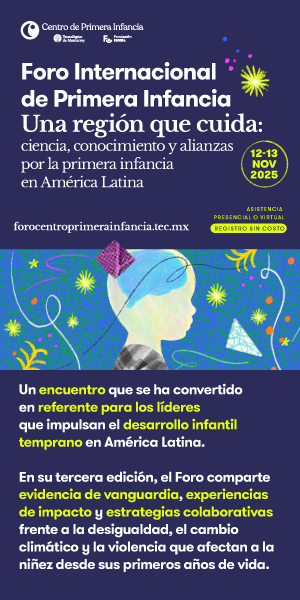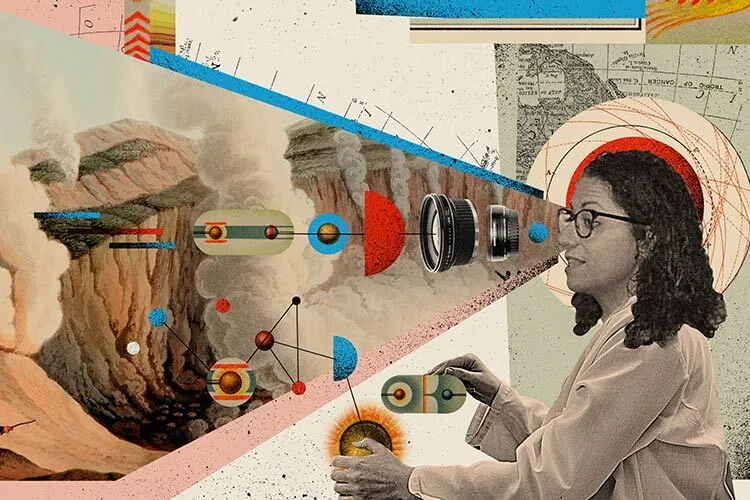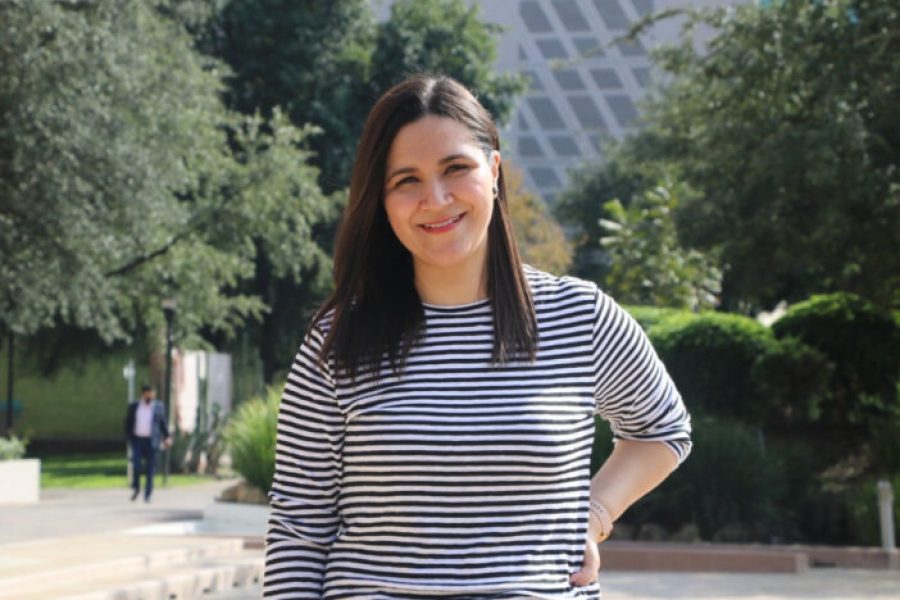Although the Monterrey heat had already reached its usual 38 degrees Celsius by eleven o’clock in the morning, that didn’t stop Professor Jürgen Mahlknecht from turning up for our interview in a suit, his formality on display.
“Here you are,” he tells me, as he pushes his way through a library terrace full of excited students on their first day of the semester. We get away from the hubbub and find some armchairs to sit in behind a set of double-height bookshelves.
While I watch him take his jacket off and wipe the sweat from his brow, I ask him whether Monterrey’s heat is all that different to where he comes from. “It’s very different. I was born in a small town in the north of Italy, up in the Alps. But I’m used to it now,” he says, with a smile.
He moved from Italy to Austria to study for his degree. Years later, he came to Mexico –firstly to Mexico City, then Guanajuato– and eventually to Monterrey, where the heat starts early, and which suffered a historic drought last year in which the population endured water scarcity for several weeks.
Water, a Vital Topic
Water is precisely the subject he has dedicated his life to. Holding a degree in Civil and Hydraulic Engineering and a PhD in Hydrogeology, Jürgen has specialized in studying aquifers, hydrology, and water pollution and quality, as well as how to manage it and its relationship to energy and food.
He has published numerous scientific articles that have even earned him awards. In 2018, he published with other researchers, Water and Cities in Latin America: Challenges for Sustainable Development, a book for which he received the Rómulo Garza Award that year. And in 2022, he received this award again, this time for a scientific article on a project for detecting nitrates and sulfates in the groundwater of urbanized areas, which was published in the Water Research journal. What’s more, one of his recent articles, written with Manish Kumar, on the subject of emerging pollutants in aquifers was taken into consideration by the European Commission’s environmental directive, which periodically reports on research that is relevant to its environmental policies. This publication reached 20,000 people in Europe, including politicians, business owners, and decision-makers.
Did you run out of water too last year?
Yes, it left a big impression on me… You study something all your life and then you end up experiencing it in the flesh. As a researcher, you feel impotent because you’re not involved in the decision-making process, either for what the municipal service is doing or what the National Water Commission is doing.
I wasn’t surprised by it, of course. We’ve known for several years that we couldn’t depend on a hurricane to bring us water. It’s something we haven’t taken care of.
What got you interested in studying the topic of water?
I come from a very cold climate, the opposite of Monterrey’s climate. Where I lived, there were mountains and waterfalls, rivers, and streams… There was a lot of water, and it was something I was always struck by. If I’d stayed there, I wouldn’t be facing the problems you have here, although I wouldn’t have anything to study as an academic either.
As far back as I can remember, I’ve wanted to work at a university; my dad was a teacher and I think that influenced me. But I realized that if I wanted to study the topic of water, I would have to move to another region where there were universities near to the problem.
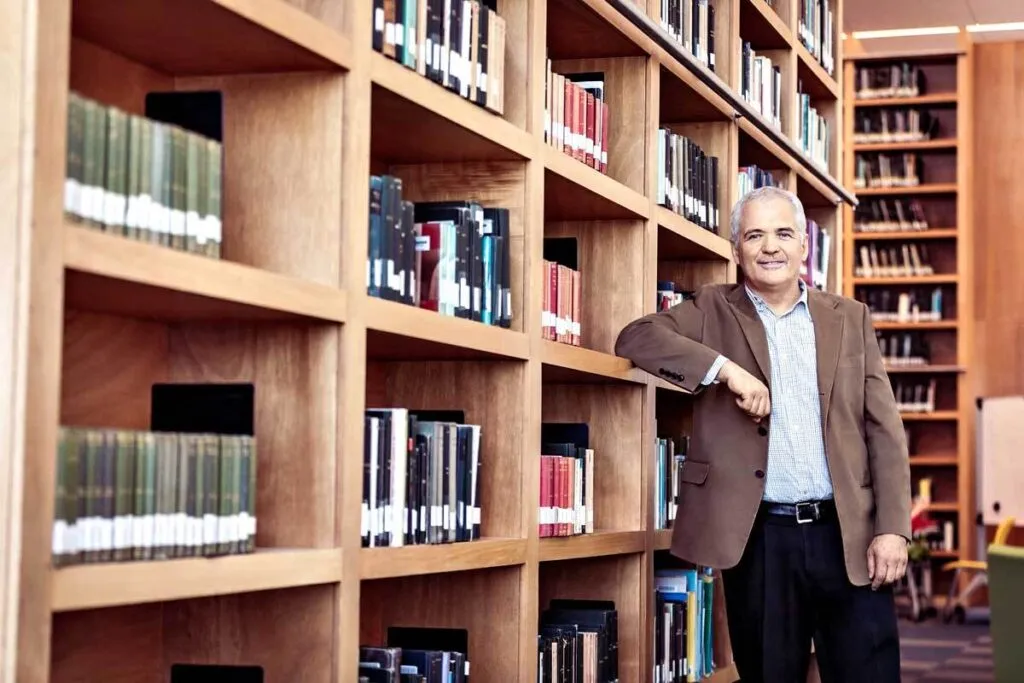
From the Alps to the Sierra Madre
What was it like living in the Alps in northern Italy?
The area we lived in was very popular with tourists and my mom had a small handicrafts shop that did a roaring trade. My siblings and I helped her out, wrapping things up and going to pick up merchandise, but I knew from an early age that I wasn’t cut out for sales. “Commerce is not my thing,” I told my mom. Although she didn’t like it, she understood.
So, you left your country…
Yes, at the age of 18, after finishing high school. If I’d stayed there, I would have had to devote myself to tourism or commerce. I went to Vienna to study at the University of Natural Resources and Life Sciences. As German is my first language, that made it easier for me.
I started studying what I liked: water, the environment, and environmental care and protection. After that, my graduate studies were specifically on groundwater. By then, I was eager to get to know another country.
Although I can detect the hint of an accent, he speaks perfect Spanish. He even uses the same idioms as any Mexican, proof that he has been living in the country for many years.
How did you end up in Mexico?
My thesis advisor told me he had acquaintances in the UK, Bolivia, and Mexico, who could help get me a one-year research stay. I’d studied Spanish at university, and Mexico intrigued me. When I arrived at the UNAM, Mexico City made an impression on me. Although I felt lost, I was also excited.
What surprised you the most?
I didn’t know the customs and I was impressed by people’s kindness. What struck me the most were the food and culture. I remember being so surprised that people put lime and salt in beer that I sent photos to my European colleagues. Tequila was also surprising to me (he says, with a laugh).
That was when I got the chance to participate in a very important project on the study of water at the UNAM. After that year, I had to return to Austria, but I came back to Mexico once I’d finished my PhD. I now have a wife and two Mexican children. Every year or year and a half, we go to visit my mom, my siblings, and my cousins; although we enjoy not suffering from the heat like we do here, we always come back.
Do you like Mexican food?
That’s one of the things I like most about Mexico. My favorite dishes are tacos and mole. I think the dishes from the country’s central region are really tasty. I’m not saying the ones from the north aren’t tasty either! I hope I haven’t offended anyone (he says, jokingly).
How did you end up working at the Tec?
I was at the University of Guanajuato, and I decided to write to the Tec. I said, “Let’s see what happens.” They called me for an interview, and I drove up from Guanajuato in my car. I got lost; I didn’t know my way around Monterrey or how people drove, and I didn’t know what its climate was like. By the time I got to the interview, I felt like I was going to pass out from the heat. In the end, I didn’t pass out, and I was eager to work here because I really liked what they were doing at the institution. We signed the contract fifteen days later, and I’ve been giving classes and living here for the past twenty years. In fact, when I count the years, I’ve been living here longer than I have anywhere else.
At the Tec, he has been a research professor and leader of the Water Science and Technology Research Group, as well as founding the Water Center for Latin America and the Caribbean in 2008 and running it until 2017. Jürgen has collaborated on different projects to do with environmental care and conservation.
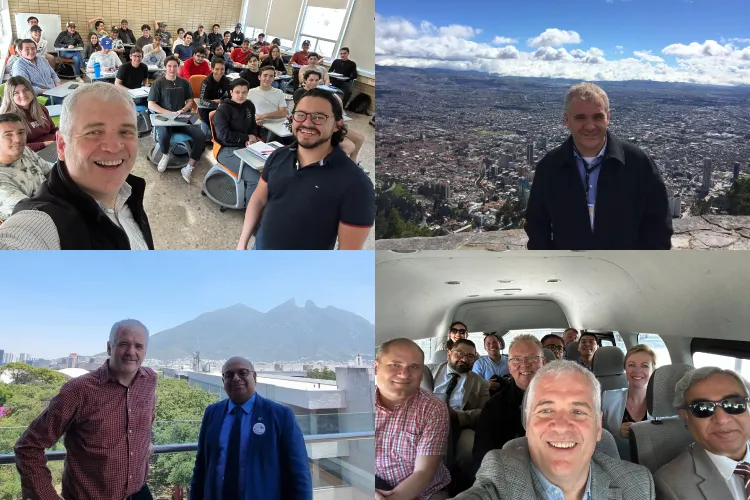
“Working on the environment does not only benefit me”
What was it like to receive the Rómulo Garza Award?
The award is what comes at the end. The most gratifying part is when people start to mention your work in studies or cite your articles. When one of our articles was cited over a hundred times in two years, we knew that we’d done something right, although I didn’t think it was going to get an award, to be honest.
That ended up confirming that we’d done a good job in a way, and it helped us to carry on and continue doing things.
What did you receive the most recent award for?
That was for a project we did to predict the nitrate levels in a water well, which can be due to the pollutants from a landfill, from a treatment plant, from a house close to the well, or even from cows grazing nearby.
What we did was to create an algorithm to detect isotopes, chemical elements of a specific weight, which help us to identify where they come from, whether it be from fertilizer, manure, or wastewater.
Thanks to this, we can help to identify the source of pollution and work to eliminate it or reduce it.
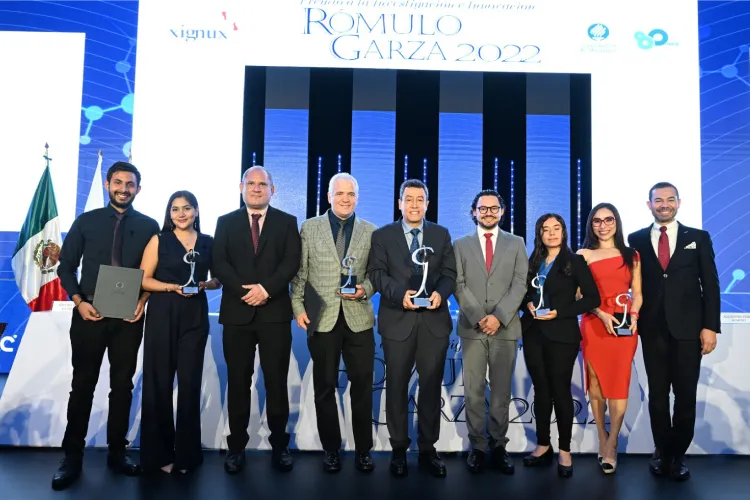
Besides working on water conservation, Jürgen is also striving to make existing water optimal for human consumption. For instance, he has been doing research for the past few years on the wells in the Lagunera region between Coahuila and Durango, where the water has high concentrations of arsenic, affecting the population’s health.
Although nearly an hour had passed at this point in the interview, Jürgen didn’t seem to want to finish the conversation. He looked comfortable, as if chatting with friends. Facing him were the members of TecScience’s photo and video crew, who had joined the interview and were listening from several chairs.
A born teacher, Jürgen lived up to his profession by explaining his research passionately and clearly, providing details, stories, and ideas on how to improve access to water and its quality.
What’s more, he made us feel so much at home that I wasn’t the only one asking questions…
“Why is there more access to water in Europe than in Latin America?” asked another member of the team.
Jürgen spent several minutes answering the question, mentioning that there are independent commissions in Europe providing water service, preventing the topic from becoming politicized and improving the quality of its processes in most cases.
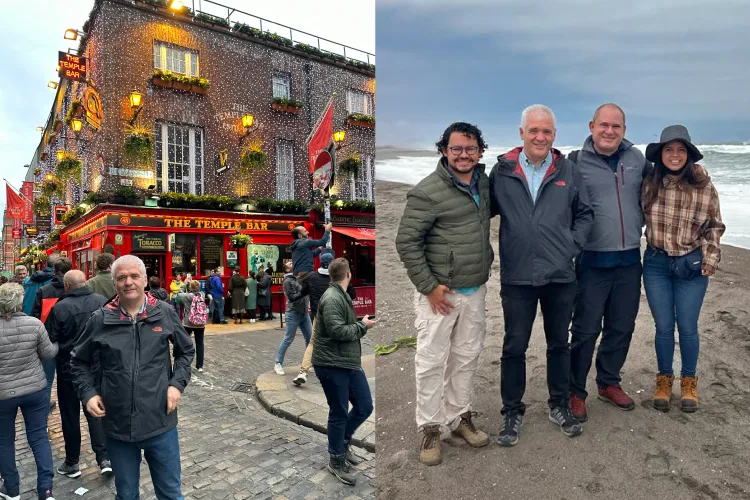
How would you like to be remembered?
Jürgen breathes in, smiles, and nods, as if answering in his head first.
I don’t think I’ve ever proposed a goal that has to do with getting an award. Instead, I do what I do because I like it. I’m lucky to have a job I’m passionate about; the recognition can come later.
My goal in life was to be a research professor, and I think that a lot of what I dreamed of doing has now come true. Although young people sometimes have no idea of what they want to do, if you have a plan, you focus on it, and you don’t scatter your attention on a thousand things that aren’t worth the effort, you can achieve it.
I like working on environmental topics because it’s something that doesn’t only benefit me. In the end, what we do is also for young people, so that they have a better quality of life, better cities, more beautiful ones, with less concrete and more trees, and green areas for walking or cycling in. My generation failed to make beautiful cities. I hope that my students and my children can work towards having cities that are closer to the environment.
